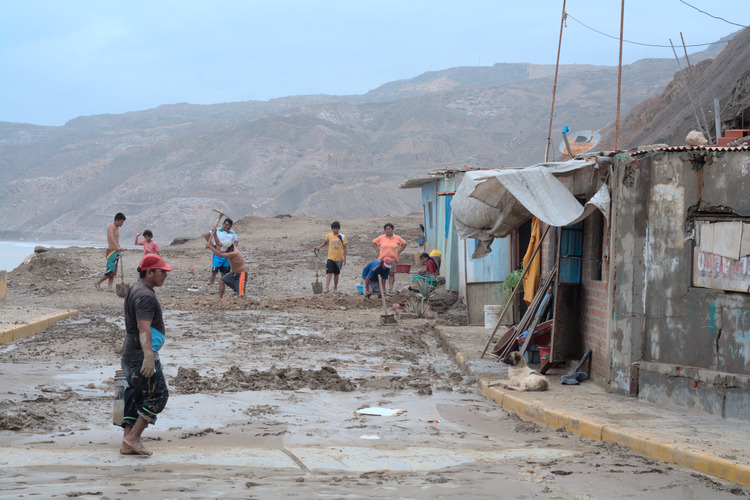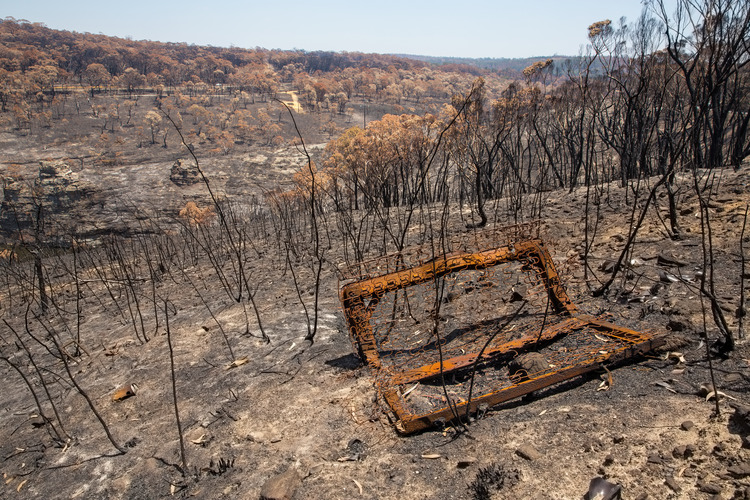
The US National Weather Service officially declared on 8 June that an El Niño had started
By Susanna Gough
On the eighth of June, the US National Weather Service declared that we are experiencing an El Niño event. El Niño is a regularly occurring weather phenomenon lasting nine to twelve months in which Pacific Ocean trade winds are slowed down or reversed, with intense warming effects. See our Geo Explainer on how El Niño works. The chances of a particularly strong El Niño this year are at 54 per cent, and of at least a moderate one at 84 per cent.
How does El Niño intersect with Climate Change?

El Niño is not a new phenomenon. Nevertheless, we are living in a climate emergency, meaning these vast cycles of atmospheric change do not exist in a vacuum. An El Niño in our current unstable and unpredictable climate is an unknown quantity. The way that climate change interacts with the phenomenon is a burgeoning field of research,
What Do We Already Know?
There are climate-related factors that have already been observed that make this current El Niño event unprecedented. For example, it has been declared earlier on in the year than usual. Climate scientist Michelle L’Heureux states that because it has begun a month or two early, this event has higher chances (25% chance) of ‘supersized levels’, meaning the usual processes are intensified.
Yet more troublingly, highlights Kim Cobb of Brown University, this El Niño has recurred faster than ever before, with the last El Niño, which was a particularly powerful one, occurring in 2015-16. Communities in the global south, already suffering most acutely from the effects of global warming, have had less time to recover from the damages to infrastructure and economy that the last El Niño brought.
What Does the Future Hold?

Effects of bushfires in Australia’s Blue Mountains, 2020. Image: Shutterstock.
In most cases, El Niño diverts hurricanes away from the Atlantic. However, this year, Atlantic temperatures have remained high regardless, increasing the likelihood of hurricane rates remaining at their average level. In Australia, global warming has increased the incidence of wildfires and intensified their devastating effects. El Niño will only exacerbate the situation. While it is characteristically a catalyst of disaster, with the added ingredient of climate change, El Niño becomes a significantly more threatening and frightening entity.
El Niño’s cooler twin, La Niña (the little girl) has the opposite effect on climate. Under normal conditions, these alternating conditions should, in theory, balance each other out. However, as Marco Magrini warned in January, even with the cooling effects of La Niña in her recent three-year reign, we still witnessed devastating droughts, wildfires and floods. Chaos was abundant under supposedly calmer conditions, inviting our fears over what greater turmoil looms.
There is one climate statistic which overshadows them all. With global warming on its current trajectory, there is a 66 per cent chance that this current El Niño will tip the earth over the edge of the critical 1.5°C warming limit either this year or in the next. If the warming threshold is crossed, not only will millions of people and wildlife be pushed into living in dangerously hot conditions, but we will have breached the target of the 2015 Paris Convention within a decade.




